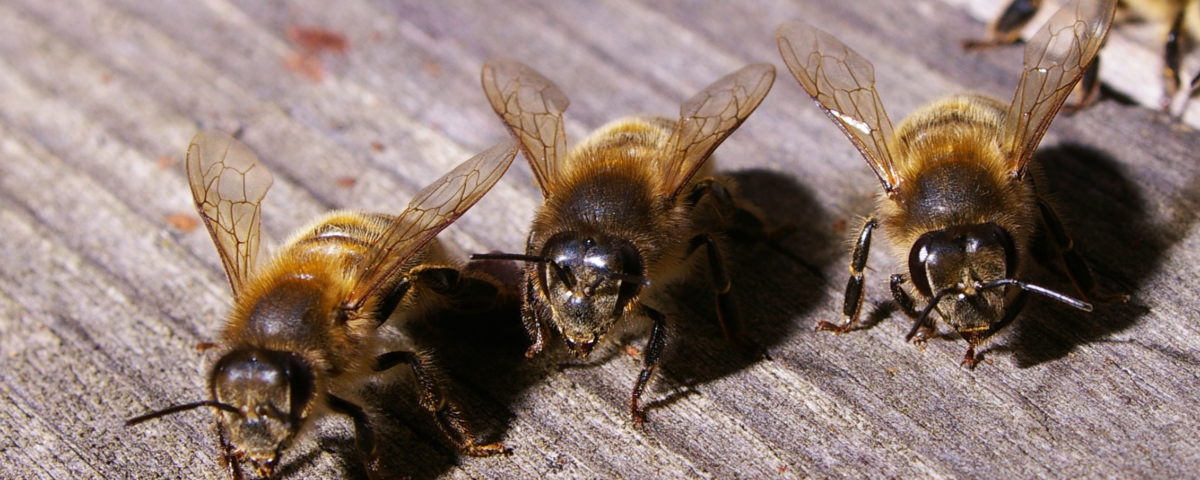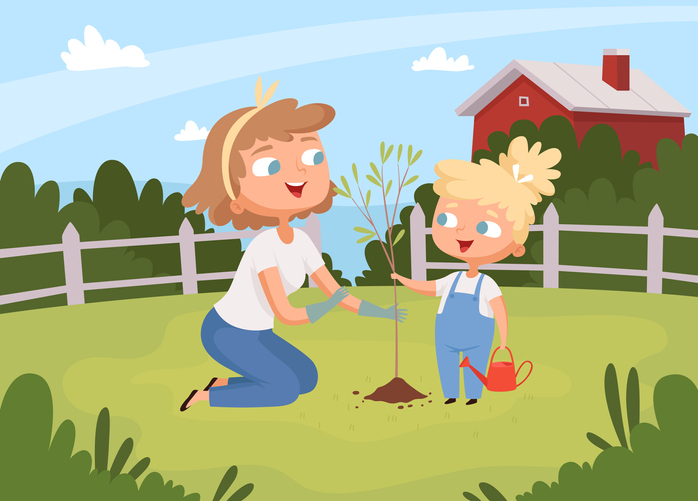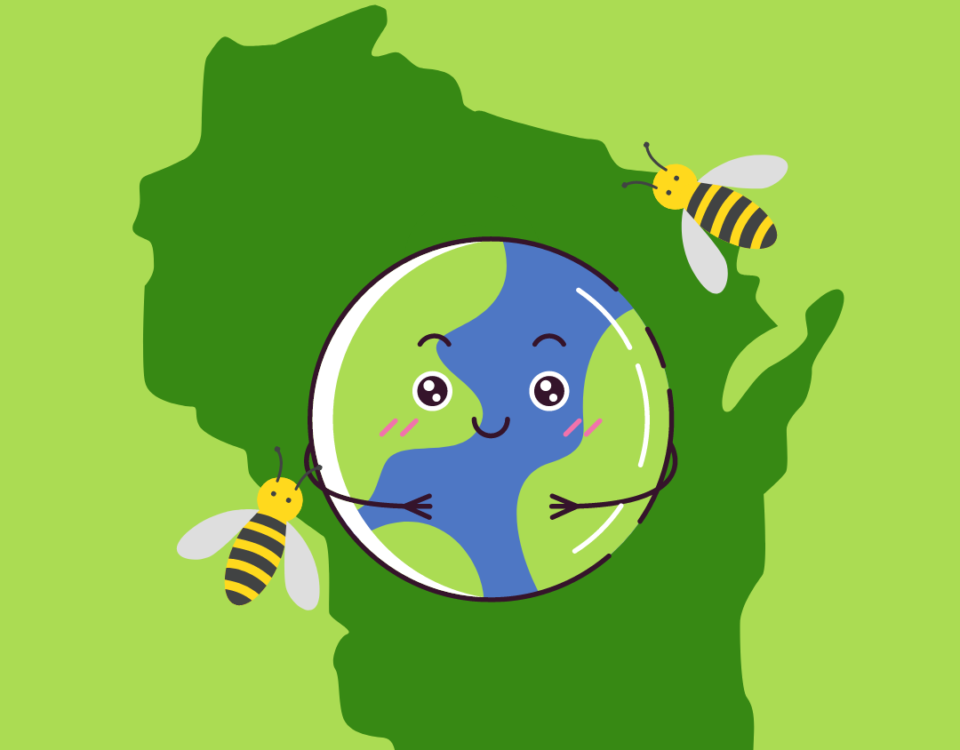- All-In-One Beekeeping for the Bees
- +1-608-728-8233
- info@beepods.com
Bee Resolutions For Your Best and Most Productive 2020

It's better when we work together.

Bee resolutions for a brighter 2020
When you first start learning about bees, really learning about bees, it’s like a whole new world just opened up and welcomed you in. Most of us remember learning about bees, briefly, when we were in elementary school, but when you do a deep dive into the world of bees, you don’t really reemerge. There is so much to learn about AND from these fuzzy, black and yellow striped creatures. If you like to make New Year’s resolutions, perhaps model your goals for yourself after our hardest working pollinators. Make bee resolutions!
Here are 5 New Year’s – bee – resolutions we can set:
1. Work together more
Everybody knows bees work hard, but did you know bees also work incredibly well together? Many of their day-to-day activities involve the use of their hive mind to accomplish tasks such as taking care of the queen, maintaining the hygiene of the hive, and gathering essential resources like resin, pollen, and nectar. But it goes further than just collaborative work tasks; worker bees act in unison to moderate the temperature of the hive.
If the hive is too warm or moist, bees will flap their wings in unison to create circulation, effectively cooling the interior of the hive. Conversely, when it’s cold outside, worker bees contract and relax their flight muscles to warm the interior of the hive. Their goal is to keep the interior environment close to 91°F.
Each worker bee has a designated job. Some attend to the brood. Others are master foragers. Older worker bees help defend the entrance to the hive from invaders. You can check out our book to read more about the roles of worker bees.
We can learn a lot from bees and maybe this year, we can make a promise to ourselves to work together more. Instead of looking for ways we can help ourselves, we instead look for ways to help each other.
Maybe that means helping somebody to find their role. Perhaps it’s doing something for the greater good without expecting anything in return. Better yet, maybe we seek ways to find common ground instead of focusing on what divides us.
When it comes to beekeeping, we can choose to collaborate to find creative solutions to a shared problem instead of focusing on our differences in beekeeping practices.
2. Dancing is a great way to communicate
Bees have amazing systems of communication. One of the more fascinating methods they use is dance. When bees do a form of the waggle dance (there are many!) they are busting a move to tell their companions where to find nectar-filled flowers. Depending on the direction in which they dance, bees can tell their fellow workers what angle from the sun they might find a rich source of nectar and pollen.
Bees are brilliant for using dance to communicate and if you’ve ever been to a particularly moving performance – maybe a famous ballet or a flamenco event, for example – no words are needed to communicate complex ideas and emotions.
Humans, too, often use dance to communicate with each other. When at a concert for a favorite artist, dance can convey immense joy. The traditional wedding dances signify the joining of two families and two people transitioning into a different phase of their lives. Throughout the ages, dance showed our appreciation for the harvest as well as the start and end of lives.
2019 was a tough year for a lot of people – and for bees. In 2020, let’s all try to dance more. Sometimes words are unnecessary and the best way to get your message across is to dance.
3. It’s important to take a break
When the days start to shorten in fall, the bees are still quite busy, building their stores of honey to get through the winter. It’s not until temperatures fall to 64°F or lower, bees start to cluster. At 57°F, bees cluster more vigorously.
Within the cluster is a small amount of brood and the queen. Worker bees in the core of the cluster attend to the queen. As you move outward from the core, worker bees become more dense to keep the heat directed inwards.
Since we don’t see bees throughout the winter, it’s easy to assume bees hibernate, only to reemerge come March or April. If you were to look inside a hive during January (not recommended as you don’t want to expose them to the extreme cold), you would see an ever-so-slightly vibrating cluster. Bees are still slightly active within the hive during winter, but take a rest from foraging for a few months.
The cluster itself moves towards honey stores throughout the winter months as the actions of worker bees that keep the hive warm do burn calories and they require sustenance for their work.
Humans can be as busy as bees sometimes, especially in the warmer months. We flit from activity to activity and feel societal pressure to participate. It doesn’t have to be exclusive to winter, but maybe it would behoove us to take periodic breaks. Slow down. Rest a little.
Even though bees remain slightly active to keep the hive warm in winter, it’s a much slower time for the hive than during the rest of the year.
There is value in slowing down, in focusing on just what we need in the moment. Maybe what we need is a good meal (maybe it involves honey!) or maybe we need to just focus on keeping ourselves warm with a cozy blanket or a hot bath when the inevitable cold snap finally hits. Either way, winter is a great time to slow down and 2020 is a great year to commit to more rest, especially when you need it.
4. Attention to detail is a way to live
Bees create one of the most precise forms found in nature: the honeycomb! It’s a feat of engineering, meant to use the least amount of materials to create a cell while storing the most honey possible. There are even suspicions bees use their own antennae as rulers to measure the size of each cell, which is why the cell sizes appear nearly identical. The whole process is amazing.
Bees definitely pay attention to detail and maybe we should put in a concerted effort this next year to do the same.
We know we are distracted. Just look over at the fellow cars on the road or at other dinner parties at the restaurant: Everybody is on their phone. If the things we did had our undivided attention, maybe we would find more joy and connection in our lives.
Let’s learn from bees and pay more attention to our day-to-day lives, to our work, our tasks, and our relationships. Bee resolutions ask us to pay more attention to ourselves and to the world around us.
5. Embrace variety in your diet
You’ve probably heard this before: bees like a variety of plants. If you step outside on a muggy summer day and look around at the plants in your neighborhood, you might notice all different types of bees on everything from clover to weeds to herbs in your garden to gorgeous flowers like zinnias and sunflowers.
Bees tend to prefer blue, purple, and yellow blooms, but they don’t discriminate in times of need. In fact, there was recently an article about bees perusing hemp plants in the fall when flowers start to wither and resources become more scarce.
Bottom line: we should do as the bees do in 2020 and eat a variety of foods.
Maybe this year, ditch the diet and focus on giving yourself a wide variety of nutrients instead. Eat foods that are blue (blueberries), purple (cabbage), and yellow (summer squash). Eat a variety of fruits and vegetables so you are getting a variety of vitamins and minerals.
Feel free to include honey in your diet. When in raw form, it has some beneficial vitamins and minerals and may have some great health benefits.
Final thoughts on bee resolutions
Whether you’re into New Year’s resolutions or not, we can look to bees to teach us a thing or two about how to exist in the world. Their excellent attention to detail, collaborative workflow, how they embrace variety, how they know when to take a break, and their appreciation for a good dance session are all models for how we can look to refine our lives in 2020. Today we are setting bee resolutions instead of New Year’s resolutions.
Who’s with us?
Read also:
Caitlin Knudsen
Latest posts by Caitlin Knudsen (see all)
- How to Change Your Students’ Lives With Project-Based Learning - November 20, 2020
- Watch The Pollinators to See How We Can All Choose to Change Agriculture - November 13, 2020
- 6 Cold Weather Feeding Tips You Have to Know - November 6, 2020



